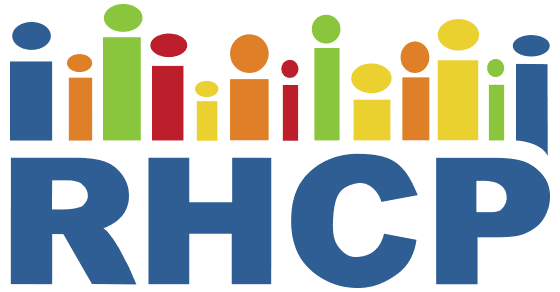Leveraging community engaged research partnerships for crisis and emergency risk communication to vulnerable populations in the COVID-19 pandemic
Journal of Clinical and Translational Science. 15 May 2020
Background: This study aims to demonstrate the use of a CEnR health partnership with vulnerable populations leveraging its social networks, credibility, and technical expertise to promote bidirectional crisis and emergency risk communication for the COVID-19 pandemic.
Vulnerable populations and minorities are more likely to have communication gaps due to socioeconomic disadvantage, low health literacy, immigration status, and limited English proficiency,5 compounded by language and cultural discordance and mistrust of health institutions.6 The Centers for Disease Control and Prevention (CDC) Crisis and Emergency Risk Communication Manual describes three levels of community engagement (low, medium, high), and acknowledges that a high level of engagement that starts prior to any emergency is needed to reach vulnerable populations in times of crisis.
Methods: Community and academic partners from Rochester Healthy Community Partnership (RHCP), a CEnR partnership with a 15-year history of participatory research with immigrant populations in Southeast Minnesota,9 adopted the CDC Crisis and Emergency Risk Communication framework for co-creation of an intervention framework aimed at populations with limited English proficiency. RHCP community partners observed that credible COVID-19 information was being produced, but it was not reaching immigrant communities.
Results: The intervention was delivered by 24 Communication Leaders (11 Somali, 6 Hispanic, 2 Cambodian, 3 South Sudanese, 1 Anuak, 1 Ethiopian). In addition to the 3 main message maps, 8 COVID-19 updates were translated and disseminated. In addition to bidirectional communication between all partners on daily telephone conferences, 40 emails, text messages or phone calls were sent to Communication Leaders in response to new COVID-19 developments or community concerns.
Conclusion: By leveraging existing networks and credibility, CEnR partnerships may effectively implement crisis and emergency risk communication to vulnerable populations in the COVID-19 pandemic.

